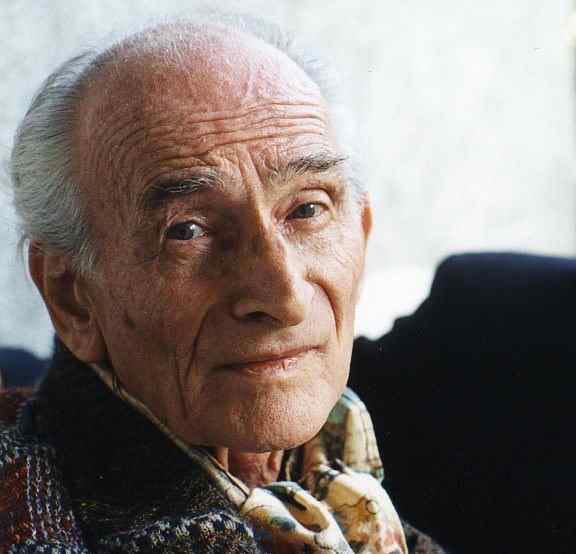| Balthus | |
|---|---|
 |
|
| Born | Balthasar Klossowski Feb. 29, 1908 Paris, France |
| Died | Feb. 18, 2001 (at age 92) Rossinière, Switzerland |
| Nationality | French |
| Field | Painting, Drawing, Watercolor |
| Works | View Complete Works The Street (1933-35) The Mountain (1937) |
He was certainly one of the most controversial painters of the 20th Century. Many had a strong reaction to the works of Balthus, but those feelings ranged from intense dislike and disgust to fascination, admiration, and adoration.
Early Life
His real name was Balthasar Klossowski. He was a French painter of Polish background. He was born in France in 1908 to Polish father and art historian Erich Klossowski, and mother, Elisabeth Dorothea Spiro. His mother was also a painter of note, publishing her work under the name Baladine Klossawska. His parents were intellectual elites in the Parisian theater of the early 1900s. They frequently entertained some of the brightest, most artistic minds of Europe in their home.
Thus the young Balthus clearly had the genetic material and environment to develop into a famous painter. However, the peculiar nature of his work, his obsession with cats, and the sometimes the raunchy subject matter of his works made him a lightning rod for controversy and criticism throughout his long career.
Career
His first works came to public attention when he was just 17. About 40 of his drawings were featured in a book called Mitsou, which was about a boy and his cat. His penchant for including cats in his paintings would continue through the rest of his career. One of his most famous paintings, The King of Cats, which is a self-portrait in which Balthus depicts himself as a man with a cat’s head.
Balthus favored a classical style of painting. He was strongly influenced by pre-Renaissance artists, but he incorporated elements of the surrealists who were much in vogue in the 1920 and 1930s when Balthus was finding his own unique style. Interestingly, he showed little interest in modernists and cubists who dominated the early to mid-1900s.
Controversy
A large number of his works feature posed figures of women reclined in chairs with legs exposed bare, often with long skirts hiked up to the crotch, creating a sexy, yet sometimes disturbing view of the female form. Some have called his depictions of women voyeuristic and raunchy. The word “obscene” was mentioned more than once by many critics and writers who reviewed his work. Balthus also painted nudes, street scenes, and various outdoor venues.
Among his most controversial and famous works is “The Guitar Lesson,” in which a female music instructor is holding a young girl on her knee. The girl is face up with her back arched back. The teacher appears to be moving her hand toward the girl’s open crotch, while the girl is grabbing onto to the nipple of her teacher’s exposed breast.
Balthus himself is famous for refusing to explain his work – in fact, he was obsessive about this. He frequently expressed the view that his paintings should be seen and not read about or talked about. The power was in the viewing itself. He also felt that it was up to the viewer to decide what the painting meant by looking at them. What was in his own mind when he created his works was irrelevant, he said. He also seemed to relish in the role of creating a self-image that was mysterious and enigmatic.
When the Nazis invaded France in 1940, Balthus was eventually forced to flee to Switzerland. He returned to France in 1946.
Legacy
Love it or hate it, the work of Balthus is widely considered to be that of a genius on par with his contemporaries, such as Pablo Picasso (with whom he was friends), André Breton, André Derain, and Joan Miró. His work was and is displayed in the most luminous and prestigious galleries in the world, including the gallery of Pierre Matisse and the Museum of Modern Art in New York.
Amazingly, the works of Balthus were placed at the Louvre in Paris – perhaps the most elite gallery in the world, while he was still living. The Louvre is usually reserved for artists of the past whose works stood the test of time. For a contemporary artist to be displayed at the Louvre is rare. It was an honor Balthus enjoyed.
Balthus died at age 92 in Switzerland. The last decades of his life were that of an artist of enormous international prestige and fame. His funeral was attended by heads of state, movie stars, and rock stars, including Bono of U2.
The works of Balthus continue to have an influence on contemporary and pop art across a wide array of mediums and subject matters.